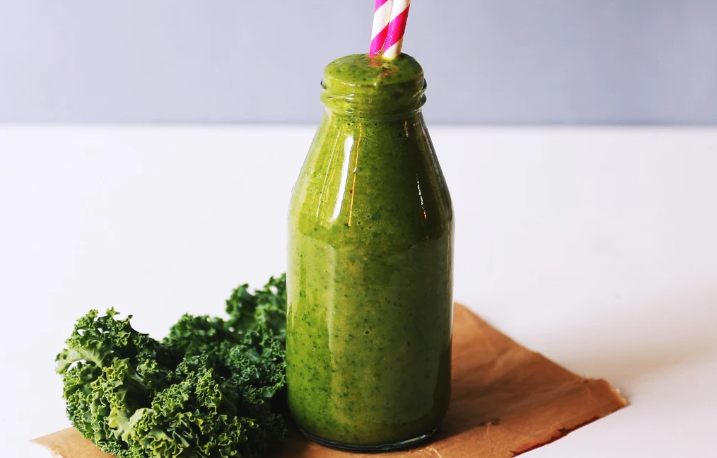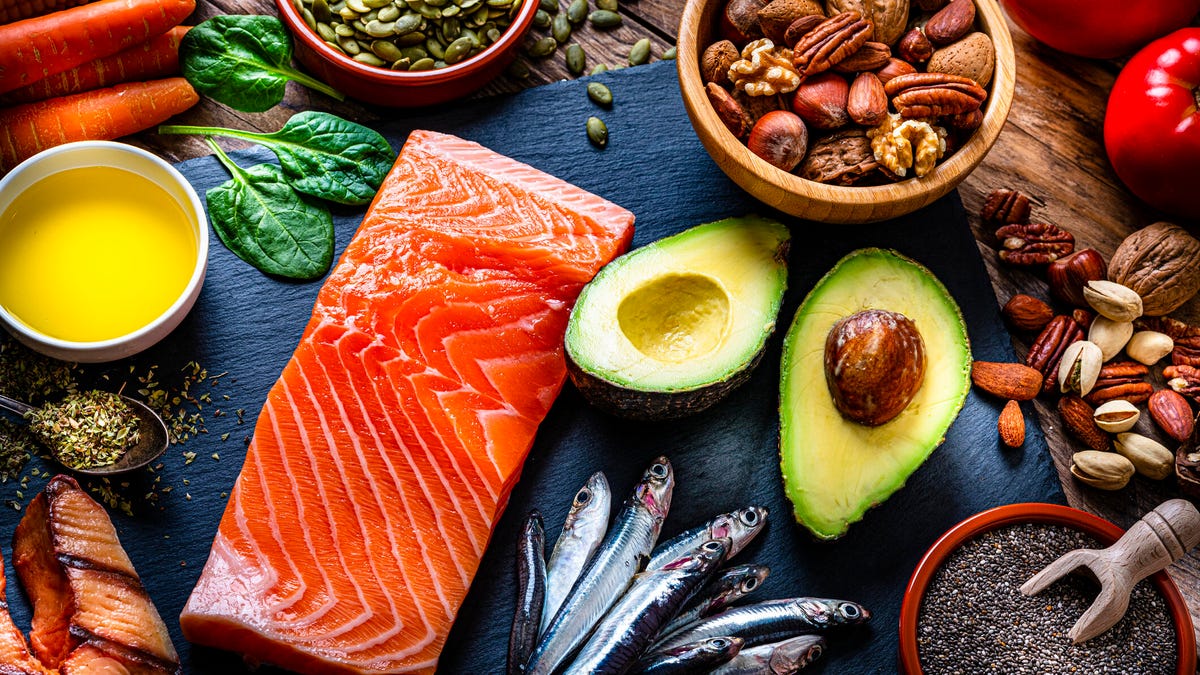When the feast of St. Martin of Tours comes around each year—that’s November 11th, a day he shares on the Roman calendar with St. Mennas, a great soldier, desert solitary, and martyr in Egypt—I always think about food. The reason has nothing to do with Armistice Day. Rather, it’s because of the almost eight years my family and I spent in Austria, where St. Martin’s Day is their equivalent of our American Thanksgiving. It’s the day when roast goose is served with red cabbage, dumplings, potatoes, salads, beer, and other culinary delights. Ever since that time, my wife and I have kept up the custom, except that we have substituted duck for goose, as it’s smaller and a lot easier to prepare, but still special.
Catholics in the “Chesterbelloc tradition” tend to place a good deal of emphasis on food, drink, and merriment, and that is as it should be, as long as we complement it with an appropriate emphasis at other times on fasting, abstinence, and sorrow for sin. It is part of the genius of Catholicism never to make a permanent abode in any one “place” in the human experience or psyche, be it world-denying or world-embracing, but always to be on the move, like a nomad, from place to place, so that, with God’s grace, we might not merely believe that we are pilgrims, but feel that we are. And even this nomadism is balanced out by the characteristically monastic emphasis on stabilitas loci, “stability of place,” meaning the value of putting down our roots, investing ourselves in a home, instead of being distracted vagrants. We find in the Catholic Tradition saints who exemplify every aspect of the Faith, from ascetic anchorites to battling kings, begging itinerants to lordly abbots, farmers, shepherds, servants, scholars, merchants, mechanics.
But we come back again and again, in Scripture, in the liturgy, in our devotions, and in our age-old customs as Catholics, to food and drink, because, together with air, it is our most basic need as animals. We need it every day. “Give us this day our daily bread”: when Our Lord gave us the perfect prayer, He spoke simultaneously of our animal hunger for the bread that perishes and our spiritual hunger for the Bread of God that cometh down from heaven and giveth eternal life. Of this latter meal, Scripture says: “Thou preparest a table before me” (Ps 22:5). When seated, we can cry out with the Psalmist: “My soul shall savor the rich banquet of praise” (cf. Ps 62:6).
In his famous “rants,” Fr. Zuhlsdorf often drifts into extended gastronomical metaphors. Here’s one of my favorites:
I sometimes use the analogy of food for children and food for grown-ups: each have their moment according to what can be handled at the time. Some people want to be offended by this analogy, but absolutely no offense is intended. It’s just an image that is so human, so much a part of everyone’s lived experience, that it’s quick and useful.
…[T]o be grown-up Catholics we need a Mass for grown-ups. Our Mass should give us thick red steak and Cabernet, not pureed carrots and milk for baby teeth. I want meat for you, not goop. That means I want some of you to grow up into something more than you have hitherto desired. I want more for you, not less. I don’t want you to languish in the livable. I want you to long for the lavish.
Goop is fine for babies. Babies need goop. If you love your baby, you give the best that your baby can accept at this age. But when baby grows up, when you grow up, you and baby need more. Babies can’t eat a T-Bone. Adults can survive on goop, but they won’t thrive. You don’t show love to your baby by shoving a T-Bone into its toothless mouth. You don’t love your grown-ups by giving them baby goop… unless, as Jacques points out, they’ve come to that age of life when we may be “sans teeth, sans eyes, sans taste, sans everything.”
I want you to thrive through our Mass, not just survive. I want more for you. I want you to want to have more.
Let me explain more about T-Bone and Goop in the TLM and Novus Ordo. Remember, I’m using an image that is beautiful and normal and human and tender: feeding children. Paul did the same. 1 Cor 3: “ But I, brethren, could not address you as spiritual men, but as men of the flesh, as babes in Christ. I fed you with milk, not solid food; for you were not ready for it; and even yet you are not ready…”.
In the revisions and recreation of new prayers for the Novus Ordo, we lost most of what could be characterized as “negative” concepts: sin, guilt, penance, propitiation, etc. But these are vital nutrients for Catholics. Grown-up Catholics, that is. Catholics who understand that we are sinners, and that one day we are going to die and meet our Maker, who is our Savior and our Judge. When we deal with very young children we don’t, mustn’t drum on and on about the Four Last Things. They shouldn’t be ignorant of them, but we shouldn’t hammer them, either. Let children be children. But we must not infantilize adults by denying them the sustenance of TRUTH. “Goo goo ga ga” is not enough for adults. To preach “goo goo” to them is precisely the opposite of charity, which seeks to serve the good of others…
Bottom line… Mass must be succulent, not insipid.
Traditional Catholics feel a sort of built-in repugnance whenever they hear the Mass called or compared to a meal, and understandably so: over five decades of fighting against the profoundly unchristian and uncatholic reductionism of the Most Holy Sacrifice of the Mass to a “family meal,” even a “happy meal,” is bound to prompt a twitch on the trigger finger when a whiff of this language floats along. Still, let’s be honest about it: not only is the Holy Eucharist a divine banquet (even St. Thomas speaks thus: O sacrum convivium!), but the liturgy itself is like a meal, inasmuch as we are meant to be fed by all the “words” that come from the mouth of God, including the rites He providentially unfolded among us, with their texts and chants, their ceremonies and furnishings, their choreography and symbolism. Man as a rational animal is nourished not by physical bread alone but by the spiritual bread of Catholic worship, with Christ at its center—a worship that is irreducibly both physical and spiritual.
Nowadays, in a certain segment of the population, a perhaps inordinate attention is paid to what we eat, where we get our raw ingredients, how we prepare them, etc. I remember a British friend once saying to me something like this: “You Americans either eat anything or you obsess about whether what you’re eating is healthy!” At the same time, sadly, it is a rare person who cares about what he’s eating spiritually, where he’s getting his ingredients from, or how they’re presented. In the realm of liturgy, Catholics have been willing for decades to eat almost anything (including the “goop” so memorably described by Fr. Z). The words of the prophet Micah come to mind: “I also have smitten you with a grievous wound; I have made you desolate because of your sins. You shall eat but not be satisfied” (Mic 6:13–14). All too often, they end up sooner or later eating nothing, resulting in spiritual starvation and madness, which is about the only thing that can explain the huge numbers of Catholics who voted for Biden/Harris.
It would, in fact, benefit most of us if we’d “obsess” a bit more about the healthfulness of what we’re eating. To help with that self-examination, here are five questions about liturgical nutrition that the FDA (Fearsome Divine Authority) addresses to religious “consumers”:
- How is your food sourced? Do you get it from many centuries of holy bishops and popes building on one another’s work, prayed by countless priests, monks, nuns, and laity? Or is it sourced from committees made up of unpastoral scholars and theoreticians whose theories have already been overturned, the way margarine was proved to be worse than butter? Take note of the difference between natural organic ingredients and highly processed, genetically modified industrial products grown with pesticides and herbicides.
- How is your food prepared? Where does the recipe you are using come from? Is it a classic recipe many generations old that always comes out the same, that is, always comes out well, and of which the partakers never grow tired, because it is subtly spiced, well-balanced in flavors? Is the place where the food is prepared a sanitary environment notable for silence or appropriate music, modesty, reverence, and care for details? Do the ones handling the food have clean hands, that is, evidence of faith, piety, and good morals?
- How is the food presented? Is it beautiful on the plate? This is one of the things that sets apart a four-star restaurant from microwaved slop or cafeteria food. All the “smells and bells” should be in proper order, in keeping with the culture’s traditional cuisine. The ambiance of the place, the dishes, cutlery, and glassware, the tablecloth and candles, exercise a strong influence on the perception of the food and influence our appetite and the joy we experience in fellowship.
- How much food is served? Are the “helpings” full and adequate? No one type of food (e.g., Bible readings or preaching) should so dominate the plate that it induces bad eating habits, revulsion, or weariness. Word-heavy servings, exiguous in spiritual meatiness—too many carbohydrates and not enough protein!—should be avoided. The appetizers and salad bar should not overwhelm the main course; there should be room, too, for the dessert of thanksgiving and a post-prandial devotion or two.
- What is the meal’s nutritional value? This is the last and most important aspect. How well does the food nourish me? Does it leave me feeling healthy and strong, ready to take on the world? Obviously, if the ingredients are organic and well-selected, if the preparation is expertly done, if the presentation is appetizing, and if the quantity is sufficient, the result will be a well-fed, well-nourished, contented diner. “Let my soul be filled as with marrow and fatness: and my mouth shall praise thee with joyful lips” (Ps 62:6).
When all is said and done, the liturgy and the sacraments will still leave us hungry and thirsty. As it says in the Epistle of several Marian Masses: “They that eat me, shall yet hunger; and they that drink me, shall yet thirst.” These grace-filled signs are meant to stimulate our appetite for the liturgy of paradise and for the living God as much as to satisfy us—to make us aware of our longing for heaven (“My soul hath thirsted after the strong living God; when shall I come and appear before the face of God?”) as much as to comfort us along the way, as it says of the Prophet Elijah: “He arose, and ate, and drank, and walked in the strength of that food forty days and forty nights, unto the mount of God, Horeb” (1 Kgs 19:8).
We, like Elijah, are walking to the mountain of God, the heavenly Jerusalem. May our food continue to strengthen us for the long march ahead.
This article first appeared in November MMXX.













